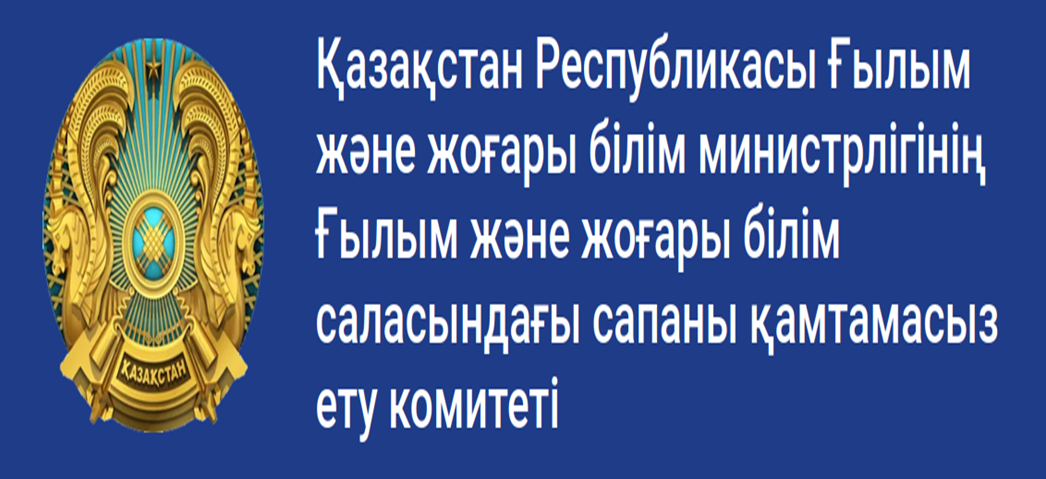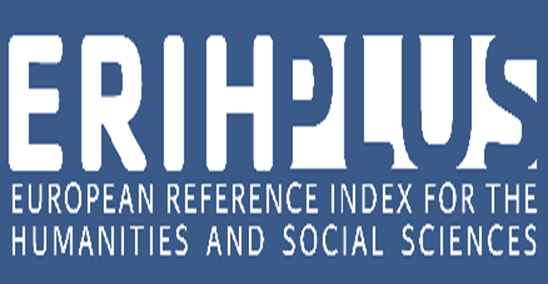Qissasi Rabg’uziy and Kazakh written literature of the beginning of the 20th century: spiritual harmony and continuity of tradition
Views: 298 / PDF downloads: 518
DOI:
https://doi.org/10.32523/2664-5157-2023-3-172-184Keywords:
Golden Horde, XX century, literature, Qisas-ul-Anbiya, Rabguzi, Mashhur Yusuf, Shadi Zhangiruly, spiritual harmony, continuity of tradition.Abstract
Different historical periods and historical personalities, political events and cultural and literary relics take occupy a special place in the formation of the Kazakh nation and an independent state as a whole. One of the most important factors in the history of the formation of independent Kazakhstan was the period of the Golden Horde state (XIII-XVI centuries), founded by
the descendants of Genghis Khan almost eight centuries ago.
It is clear that the attention paid today to the propaganda of this era at the state level increases the identity of this era and its influence on the formation of the Kazakh statehood. In particular, the study of the influence of the recorded during this period literary heritage on the formation of the Kazakh national worldview and propaganda in the modern scientific environment allows us to identify the continuity of national identity and literary tradition.
The literary heritage written during the Golden Horde as «(Qisas-ul-Anbiya» or «Qissasi Rabg’uziy”, “Nahjul Farodis», (The Open Way to Paradise»), «Khusrau-Shirin» was aimed at educating the country. Undoubtedly, these works played a special role in the development and improvement of the art of speech during this period.
The article considers the work «Qisas-ul-Anbiya» or «Qissasi Rabg’uziy” by Nasiruddin Burhanuddin Rabguzi, who made a special contribution to the social development in the Golden Horde period, and the spiritual harmony and traditions between the stories of the prophets. The continuity between these stories, which had a great influence on the national education and religious literacy of the Kazakh people in the early 20th century is considered to be relative.
Downloads
Reference
Әл-Кердери, 2011. Нәһжул-фәрадис. Қазыналы оңтүстік көптомдығы. Т. 37. Алматы: Нұрлы әлем. 312 б.
Бердібай Р., 2005. Бес томдық шығармалар жинағы. Т.1. Алматы: Қазығұрт. 448 б.
Жаһангерұлы Ш., 2003. Назым Сияр Шәриф. Өлеңмен жазылған Пайғамбардың тарихы (қадим жазуымен). Баспаға дайындаған: Жүніс Т. Алматы: Арыс нашрияты. 384 б.
Жаһангерұлы Ш., 2012. Назым Сияр Шәриф. Баспаға дайындаған: Қыдыр Т. Алматы: Нұрлы Әлем. 326 б.
Кенжебайұлы Б., 2018. Шығармалар жинағы. Түрік қағанатынан бүгінгі күнге дейін Т.1. Алматы: Ел-шежіре. 352 б.
Көпейұлы М.Ж., 2003. Шығармалары. Т. 2. Павлодар: ЭКО, ҒӨФ. 384 б.
Көпейұлы М.Ж., 2003.Шығармалары. Т.3. Павлодар: ЭКО ҒӨФ. 382 б.
Күмісбаев Ө., 2009. Терең тамырлар: оқу құралы. Алматы: Қазақ университеті. 452 б.
Құтб, 2012. Хұсрау-Шырын. Қазыналы оңтүстік. Т. 49-52. Алматы: Нұрлы әлем. 328 б.
Қыдыр Т., 2016. Дәстүрлі Ислам жауһарлары. Орта ғасырларда (Х-ХVІ ғғ.) жазылған діни еңбектер мен шығармалардан үзінділер жинағы. Астана. 392 б.
Қыдыр Т., 2018. Дешті қыпшақ даласындағы ислами әдебиет (Х-ХV) (Ислам, иман және ихсан мәселелерінің жырлaну ерекшеліктері). Астана: «Рухани құндылықтарды қолдау қоры» корпоративтік қоры. 200 б.
Қыраубайқызы А., 2001. Ежелгі әдебиет. Астана: Елорда. 224 б.
Маллаев Н., 1976. История узбекской литературы. Ташкент: кн. 1. 457 с.
Малов С., 1951. Памятники древнетюркской письменности. Москва-Ленинград: Изд.АН ССР. 451 с.
Наджип Э.Н., 2007. Регионы и этапы формирования тюркских письменных языков и литератур. Туркестан: Туран. 268 с.
Остроумов Н.П., 1874. Критический разбор мухаммеданского учения о пророках. Казань: Университетская типография. 283 с.
Рабғұзи Н.Б., 2008. Пайғамбарлар қиссасы. Әдеби жәдігерлер. Жиырма томдық. Құраст.:
Қыдыр Т. Алматы: Таймас баспа үйі. 480 б.
Рабғұзи Н.Б., 2011. Қиссас ул-әнбия (Пайғамбарлар тарихы). Қазыналы оңтүстік көптомдығы.
Баспаға дай. Қыдыр, Т., Тажиев Қ. Т. 36/1. Алматы: Нұрлы әлем. 344 б.
Сүйіншәлиев X., 1967. Қазақ әдебиетінің қалыптасу кезендері (Ерте дәуірден ХІХ ғасырдың аяғына дейін). Алматы: Қазақстан. 388 б.
Сыздықов С., 2021. Алтын Орданың мемлекеттік идеологиясы. Turkic Studies Journal. 2 (Vol.3). P. 70-77. https://doi.org/10.32523/2664-5157-2020-2-3-69
Ecmann J., 2003. Harezm, Kıpçak ve Çağatay türkçesi üzerine araştırmalar. Ankara. 438 s.
Çağlar D.A., 2019. Mucizenin ikonografisi: Miraç ve Miraçnameler. Alevilik-Bektaşilik Araştırmaları Dergisi. №19. S. 225-283.
Rahmonov N., 2017. Ozbek adabiyoti tarihi (Eng qadimgi davrlardan XV asrning birinchi yarmigacha). Toshkent: Sano-standart. 556 s.


























